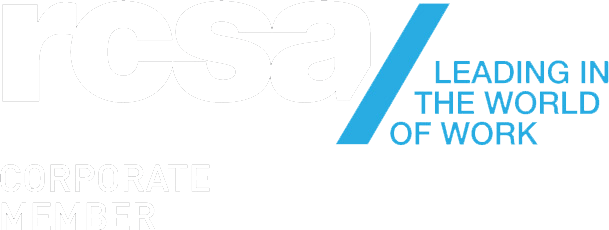Women in Operations and Engineering
Off the back of International Women’s Day last week, I wanted to dig a little deeper into the current landscape for women in the Operations and Engineering sectors. I am passionate about these sectors given it’s my area of recruitment specialty, and it’s an ever-evolving landscape.
Women employed in the operations and engineering sectors have made significant strides in recent years, but challenges certainly persist. In Western Sydney, and Australia as a whole, there is a growing need to address these challenges and promote greater diversity and inclusivity in these fields.
According to various reports women currently make up around 11-13% across the Construction, Engineering and Operations fields of work. Similarly, the number of women enrolled in engineering courses at Australian universities has remained relatively low, hovering around 20% for the past decade. This is despite efforts by industry and government to encourage more women to pursue careers in STEM fields. So we can see that there is still a tendency for women to choose other career paths over operations and engineering, with research indicating that only one in three students interested in science, technology, engineering, and maths (STEM) are female. This is despite these fields offering some of the highest paying jobs available today.
Challenges for Women in Operations and Engineering
There are a number of factors that contribute to the under-representation of women in operations and engineering roles. One of the biggest is the perception that these industries are male-dominated, and that women may not feel welcome or valued in these environments. This is often reinforced by a lack of female role models and mentors in these fields.
Another challenge is the need for greater flexibility in the workplace, particularly around issues such as parental leave and flexible work arrangements. Women are more likely to take on caregiving responsibilities and may need to balance work with family commitments, which can be difficult in industries that require long hours or shift work.
Finally, there is also a need for greater awareness and education around unconscious bias, particularly in hiring and promotion decisions. Research has shown that women are often overlooked for leadership positions or promotions, even when they possess the same skills and qualifications as their male counterparts.
To counter these issues, there has been an increased focus on initiatives designed to encourage more females to pursue careers in operations and engineering. These initiatives aim to open up pathways and provide support networks to those interested in taking up these opportunities. For example, there have been a number of scholarship programs that have been established to offer financial assistance as well as mentoring/training opportunities for potential female engineers and operators.
At the same time, we’re seeing more employers being proactive in addressing gender disparity by introducing policies and programs to encourage diversity and equal opportunity in the workplace. This includes implementing flexible work policies, providing professional development support as well as creating networks for female employees to share their experiences and create connections within the industry. Whilst improving and trending in the right direction, there is also work to do to address the long-standing issue of the gender pay gap. Today’s average weekly earnings data, shows that women earn, on average, 87 cents for every $1 earned by a man. This gap exists across all levels of seniority and across multiple industries, with Operations and Engineering being no exception.
The Future Outlook for Women in Operations and Engineering
Despite these challenges, there are reasons to be optimistic about the future of women in operations and engineering roles. There is growing recognition among industry leaders and policymakers of the need to promote greater diversity and inclusivity in these fields, and a number of initiatives and programs have been launched to address these issues.
For example, the Australian Government's Women in STEM program aims to increase the participation of women in STEM fields, including engineering, by providing funding for initiatives such as mentoring, networking, and skills development programs.
Similarly, the Western Sydney Women in Construction program, launched in 2020, aims to support women who are interested in pursuing careers in the construction industry, including operations and engineering roles. The program provides training and mentoring, as well as networking opportunities with industry leaders. Likewise with the establishment of the National Association of Women in Construction
I would agree that the future of women in operations and engineering roles is bright, and it’s encouraging to see positive changes being made to address the gender gap. With strong support from employers, government initiatives and industry networks, more women are sure to make their mark in these fields in the years ahead.
If you are interested in hearing more about careers in Operations or Engineering or are looking to hire new talent into your teams in Sydney, please reach out as I'd love to help!





